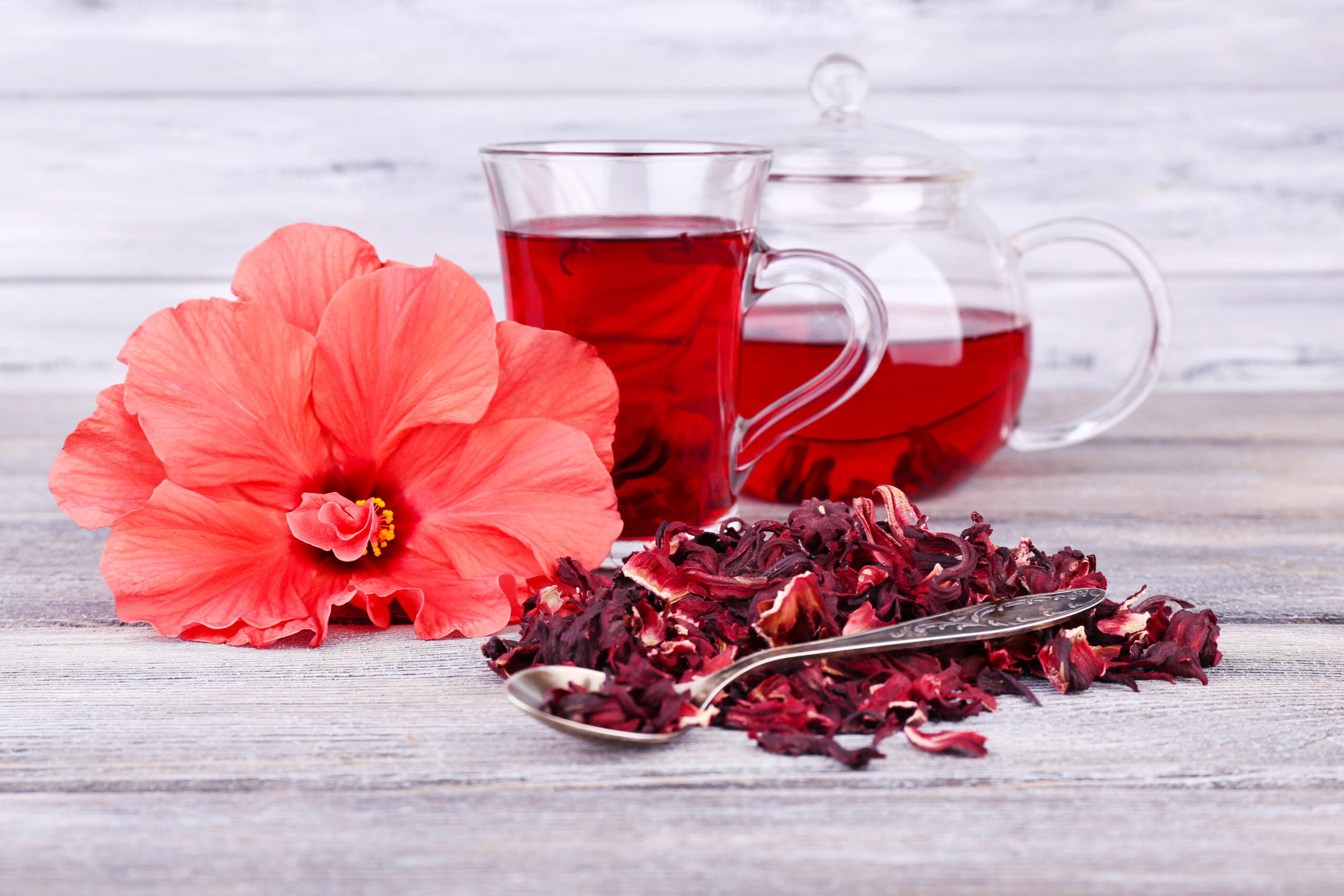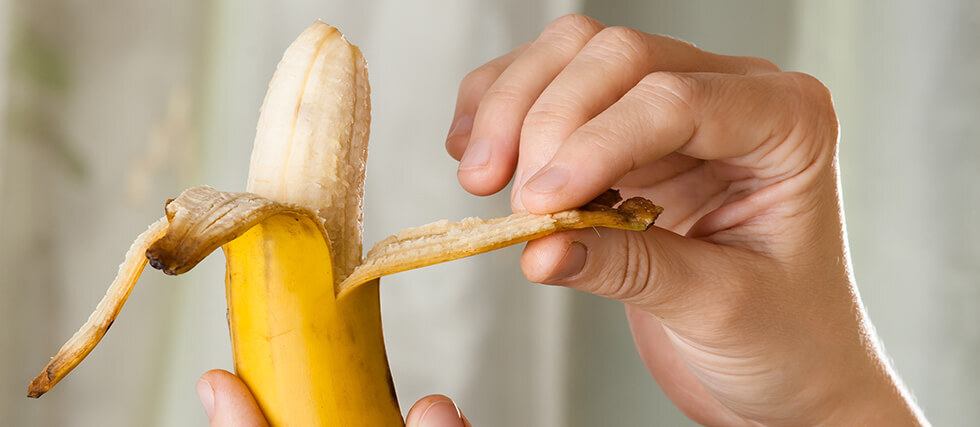The By-Product That’s a Mineral Powerhouse: Why Blackstrap Molasses Deserves a Spot in Your Pantry
Don’t let its thick texture and bittersweet taste fool you—blackstrap molasses is one of the most underrated superfoods in your kitchen. This dark syrup is a by-product of sugar cane refining, but unlike refined sugar, it’s packed with essential minerals that actually support your health.
Blackstrap molasses is created during the final stage of sugar extraction, when most of the sugar has been removed—leaving behind a concentrated source of iron, calcium, potassium, and magnesium.
In fact, just one tablespoon delivers around 100 mg of magnesium, along with 10% of your daily iron needs and a solid dose of calcium and potassium.
This mineral-rich syrup has long been used as a natural remedy for everything from anemia and menstrual discomfort to muscle cramps and digestive support.
Its high magnesium content may help regulate nerve function, reduce inflammation, and even support better sleep. Its iron content makes it especially helpful for women and those prone to low energy levels.
Looking to add it to your routine? Stir a tablespoon into warm water with a splash of lemon for a mineral-rich morning drink, or blend it into smoothies, oatmeal, or baked goods for a deep, molasses-rich flavor with real health benefits.
Unlike most sweeteners, blackstrap molasses gives back more than it takes—delivering nutrients your body needs to thrive.
The next time you crave something sweet, skip the refined sugar and reach for this powerhouse by-product instead.





